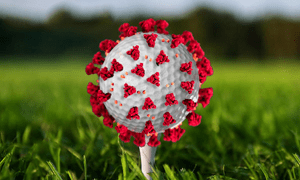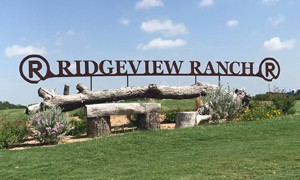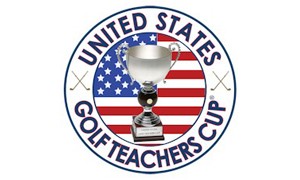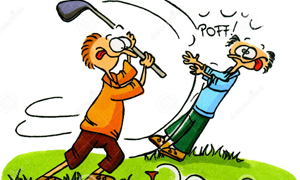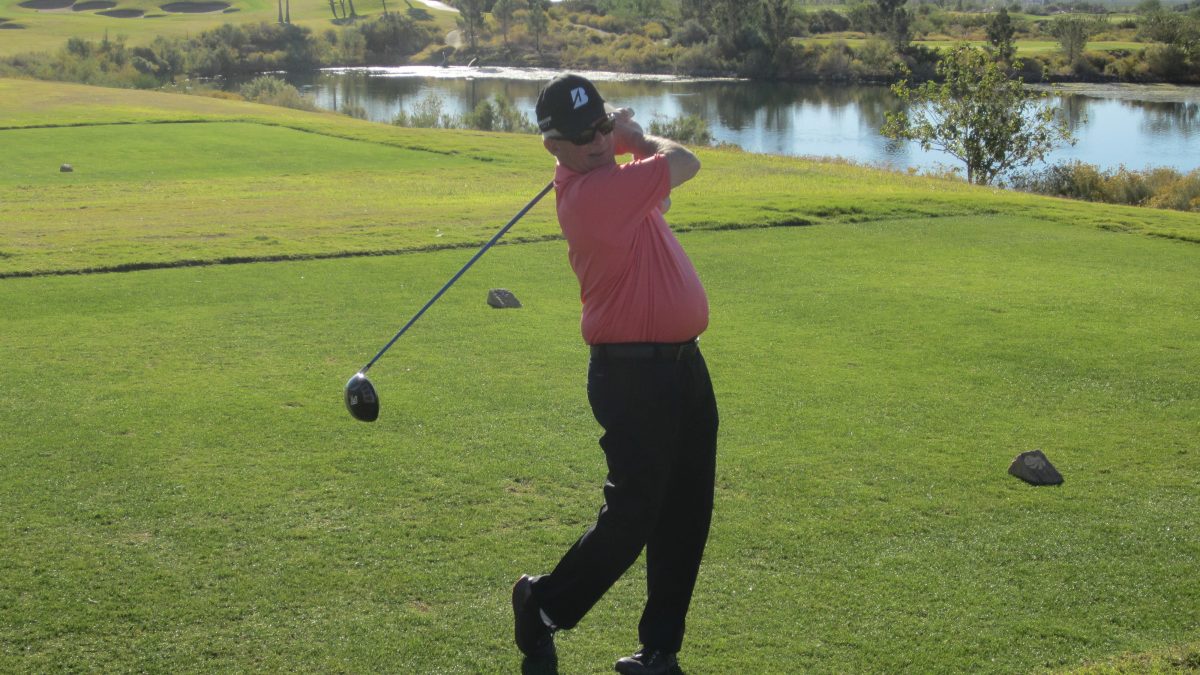Blog
Using Group Lessons to Grow a Teaching Business and The Game
USGTF Teaching Professional, Bradenton, Florida
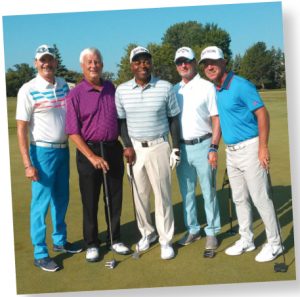 The private one-on-one golf lesson is the staple and the generally accepted image instructors rely on to build a teaching business. Too often, talented golf instructors overlook an obvious
tool to grow their base of students and promote themselves while producing revenue without using a chunk of financial resources – that tool being group lessons. Group lessons can be a major component of a well-thought-out teaching program, especially in the slower months of the season, to generate revenue or to take advantage of the golfers’ enthusiasm at the beginning of the
season. Also, having the time to plan in the winter can pay off in the spring.
Planning is the key to incorporating group lessons into a good teaching program. Let’s examine a few key points to consider.
Marketing is always a consideration for attaining students. The first hurdle instructors must overcome is how to come up with a student rate. Keep in mind our target audience is the on-the-fence golfer who may not have or want to spend significant money on golf lessons, or they are not confident that the money spent will return an investment in their improvement. Therefore, keeping costs down is imperative. I find most instructors over-price
their group lessons. A simple formula is to take the hourly rate and divide it by the number of students targeted for the lesson. For example, if the average rate is $90 per hour and the number of students is six, our result is $15 per session per student. For an eight-week class, we would be at $120 for the entire series up front. If you decide to make each session 90 minutes, which I recommend, you can adjust the rate proportionately. You may claim the work is more for group lessons, thereby justifying a higher rate. Keep reading; we will get to that.
I have seen many instructors charge high persession rates, only to see interest not be there and the idea fail.
The private one-on-one golf lesson is the staple and the generally accepted image instructors rely on to build a teaching business. Too often, talented golf instructors overlook an obvious
tool to grow their base of students and promote themselves while producing revenue without using a chunk of financial resources – that tool being group lessons. Group lessons can be a major component of a well-thought-out teaching program, especially in the slower months of the season, to generate revenue or to take advantage of the golfers’ enthusiasm at the beginning of the
season. Also, having the time to plan in the winter can pay off in the spring.
Planning is the key to incorporating group lessons into a good teaching program. Let’s examine a few key points to consider.
Marketing is always a consideration for attaining students. The first hurdle instructors must overcome is how to come up with a student rate. Keep in mind our target audience is the on-the-fence golfer who may not have or want to spend significant money on golf lessons, or they are not confident that the money spent will return an investment in their improvement. Therefore, keeping costs down is imperative. I find most instructors over-price
their group lessons. A simple formula is to take the hourly rate and divide it by the number of students targeted for the lesson. For example, if the average rate is $90 per hour and the number of students is six, our result is $15 per session per student. For an eight-week class, we would be at $120 for the entire series up front. If you decide to make each session 90 minutes, which I recommend, you can adjust the rate proportionately. You may claim the work is more for group lessons, thereby justifying a higher rate. Keep reading; we will get to that.
I have seen many instructors charge high persession rates, only to see interest not be there and the idea fail.
,
After establishing this base rate, you can market the program efficiently. Community centers are the most effective outreach. They are always looking for economical programs for their flyers. The cost to the teacher is zero. As an example, let’s say you charge $20 per student for each session. That is a safe and comfortable investment for the recreational golfer. Another mechanism that is popular and effective are phone apps like Meetup. Tennis instructors have been using this tool heavily for the last few years. Another free marketing tool for group lessons are Facebook golf groups. It is worth the time to research this tool extensively, because the return can be tremendous. Groupon or something similar is another effective option. I would highly recommend capping a group lesson at a 6-to-1 ratio. Even though the initial revenue from the group lesson is not substantial, the real benefits can be in the math. That initial $720 revenue stream can turn into several thousand dollars easily with very little marketing outlay financially. The reasoning is sound, based on the facts that the golfers will develop faith in the instructor, see the benefits for their game and enjoyment of, and be anxious to pursue private lessons. From my experience, at least half of the group will pursue private lessons. Obviously, those students have friends and people they play with, which further expands the equation. For the instructor, you are building a wider base and expanding your image, as well as establishing yourself as a resource for a wider audience of golfers. Not to be overlooked are the nuts and bolts of operating and structuring the lessons. Do the research and plan accordingly. As great as the potential is for this component of the teaching program can be, not executing the lessons well can be a detriment to the teaching business. Where to begin the lessons, what the content and structure should be, how to execute the lesson so that all the participants feel it was worthwhile, as well as how to approach upselling to another program or private lessons, are just a few of the details the instructor has to work out. When done right, personal experience has proven to me that group lessons are well worth the time.Staying Safe on the Course
USGTF Regional Action Still on Schedule
US Cup On Tap For Vegas – New Location!
The “MATCH” and “The REMATCH”
Liability Insurance Available to USGTF Members
“PRO” File – Touring Professional Mickey Wright
EDITORIAL – Golf Teachers May See A Coming Boom
Basic Knowledge When It Comes To Clubs
I teach at a golf retail store when I’m not executing my duties with the USGTF, and one of my side jobs is doing club fitting. I’m not exaggerating when I say I’ve learned more than I ever really wanted to know about clubs these past three years! Here’s a little bit of what I’ve learned:
Irons – Generally, there are muscleback irons, good-players irons with slight forgiveness, good-players irons with technology, and game-improvement irons. Clubs geared towards good players tend to have less offset and smaller heads, while game-improvement irons have more offset and bigger heads. Good players who hit the ball relatively short for their skill level should seek out irons that have some distance technology. Examples include Ping i500, Titleist T200, TaylorMade 790, and Callaway Mavrik. If distance isn’t a problem but some forgiveness is warranted, options would be Ping i200, Titleist T100, and Srixon Z 585. I would recommend muscleback irons only for good players who don’t need added distance and who strike the ball fairly pure – in other words, a very small audience.
Drivers – There are five general categories for drivers: 1) Drivers designed for accuracy with little workability; 2) Drivers designed for workability at the possible cost of accuracy; 3) Low-spin drivers; 4) Lightweight drivers; 5) Draw-biased drivers. There can be some overlap in these categories, but usually they are clearly defined in one of these categories.
Wedges – It wasn’t long ago that buying a wedge was as simple as picking one out with the loft you wanted. Now there are bounce angles and sole grinds to consider. Titleist Vokey wedges, for example, feature six different grinds!
How do we, as teachers, keep up with all these developments? As someone in the business, it’s not easy for me! Not to mention all the different shaft and ball options. I would advise going to the companies’ websites for information. While the descriptive text is designed for sales, it also provides some good info on each club. More importantly, just knowing the categories that exist can be helpful in steering our students towards the correct equipment for their game.

